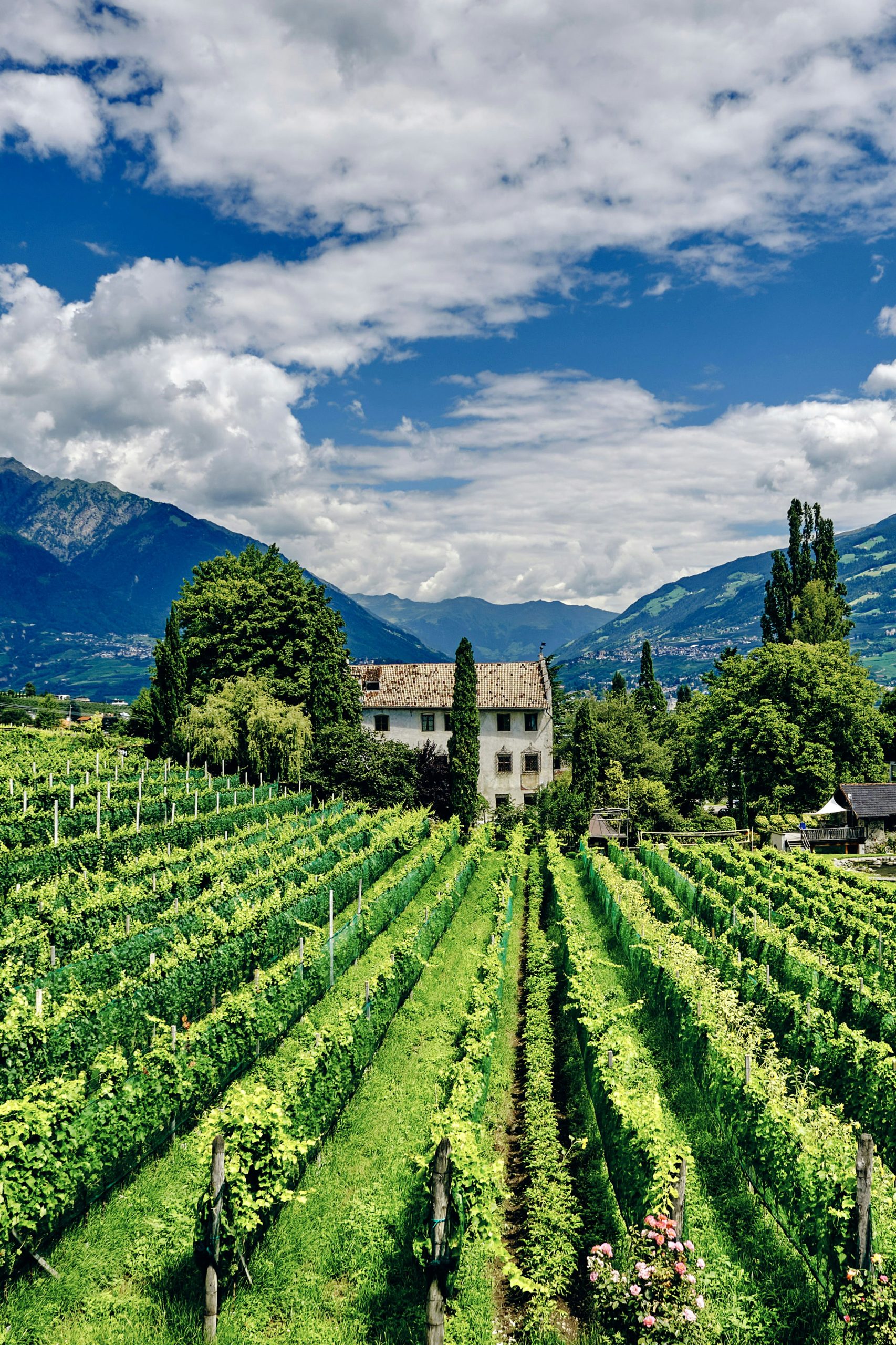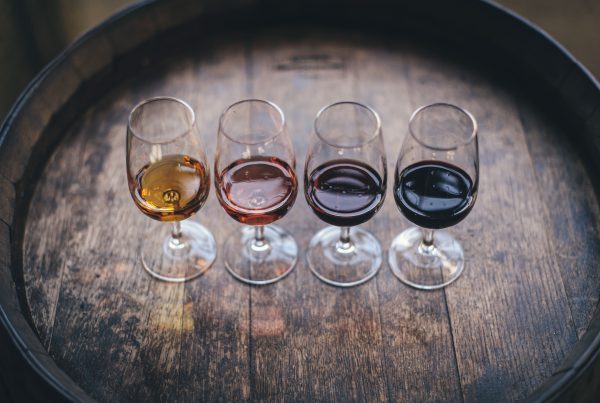Geographical Indications are collective intellectual property rights intended to protect the names of certain products that have specific characteristics linked to their geographic origin.
GIs are linked to the historical and cultural heritage of each specific product and represent a very important economic value, particularly for the European Union countries. For producers, GIs are a way of valuing and differentiating products, mostly agri-food products that they produce in a certain geographical area or according to methods typical of a given area. For consumers, GIs are a means of identifying products that guarantee the qualities and authenticity associated with a given geographic origin.
Legal framework
The regulation of GIs is subject to national rules in the field of industrial property, in the case of Portugal, established in the Industrial Property Code, as well as rules of international treaty law (namely the TRIPS Agreement and the Lisbon Agreement on the protection of designations of origin and their international registration), but is mainly regulated by European Union law given the relevance of GIs for the agri-food sector and the common agricultural policy. Within the legal system of the European Union, several types of Geographical Indications are distinguished, the main ones being PDO or Protected Designations of Origin, PGI or Protected Geographical Indications and TSG or Traditional Specialties Guaranteed.
PDO and PGI
Both PDO and PGI categories can apply to foodstuffs, wines and other agricultural products. The differences between PDO and PGI are basically related to the degree of connection to the geographical area that is strongest in PDOs. In PDOs, the characteristics of the products are essentially or exclusively due to the geographical environment and all stages of production must take place in the defined geographical area. In PGIs, the characteristics of the products, which may include reputation, are essentially due to the geographical environment and it will be sufficient for one of the stages of production to take place in the defined geographical area. In the case of spirit drinks, the GI is identified only as a GI and refers to products with a certain quality, reputation or characteristic essentially attributable to their geographical origin. The legal and technical requirements of the GIs of each type of product have led to the creation of three autonomous registers for (i) wines, (ii) agricultural products or foodstuffs and (iii) spirits.
Some examples of PDO: Porto, Madeira, Pico, Colares or Carcavelos (all for wines); Rocha do Oeste Pear, Moura Olive Oil, Azores Butter, Serpa Cheese, Serra da Estrela Cheese, Tavira Salt, Rioja or Cava (for wines), Champagne, Roquefort (cheeses), Mozzarella di Bufala Campana.
Some examples of PGI: Bravo de Esmolfe Apple, Fundão Cherry, Algarve Citrinos, Aveiro Ovos Moles, Valpaços Folar, Tentúgal Pastel, Lisboa (wines), Tejo (wines), Turrón de Alicante.
In the GI register of spirits we find, for example: Poncha from Madeira, Medronho from the Algarve, Armagnac, Calvados.
TSG
Although few have been registered, the TSGs cover names traditionally used for foodstuffs and other agricultural products with certain traditional production methods and recipes. Some examples of registered TSG: Sopa da Pedra de Almeirim, Jamón Serrano, Mozzarella Tradizionale.
Registration and labelling
The European Commission has been tasked with establishing a public register of recognized PDO and PGI. Applications for registration may be submitted by groups or bodies working with the products whose name is to be registered, on the basis of a product specification. Provision was also made for the development of mechanisms to protect third countries’ PDOs and PGIs – in the context of the World Trade Organization Agreement on the TRIPS Agreement – or in bilateral and multilateral agreements.
Once registered, the GI may be used for the labelling of products by means of the terms “protected designation of origin” or “protected geographical indication” or the corresponding abbreviations PDO or PGI and the specific graphic symbols approved by the Commission. The labelling may also include representations of the geographical area of origin, for example, and texts, graphics or symbols relating to the Member State and/or the region in which that geographical area of origin is located.
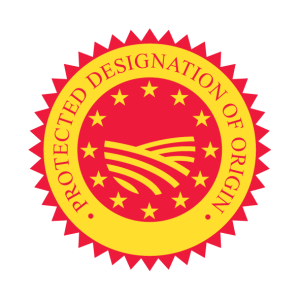
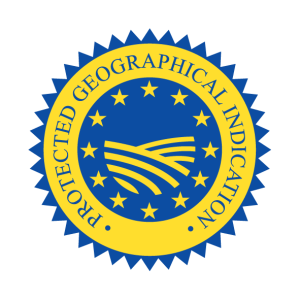
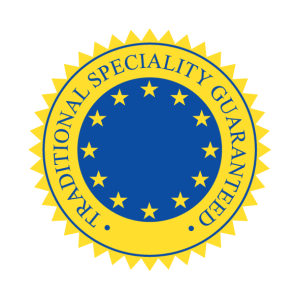
Protection
European law protects GIs in a very broad and diverse way. GIs may only be used by operators who market a product which complies with the corresponding product specification. A registered GI may not be used for comparable products not covered by the registration, or simply when such use exploits the reputation of the protected GI. On the other hand, practices which may mislead the consumer, in particular copies and imitations and mere evocations, are prohibited.
New comprehensive regulation
On 28 February, the European Parliament approved a new regulation that aims to establish a unitary and comprehensive legal regime for GIs for wines, agricultural products, foodstuffs and spirits. The law (not yet published) will replace the previous regulation on agricultural products or foodstuffs – Regulation (EU) No 1151/2012. The registration process will be changed to include a national and an EU-level phase, and the EU Intellectual Property Office (EUPI) will be given the competence to maintain and manage GI registrations. Among other things, the new regulation gives more powers to producers and introduces “sustainable practices” (economic, social or environmental) as one of the requirements for GI recognition, and strengthens GI protection by clarifying some concepts and regulating the use of GIs as ingredients in processed products.
Online protection is the subject of particular attention. The EUIPO will take an active role and should establish a domain name search and alert system. Domains accessible in the EU that use a GI illegally will be shut down or access to them disabled through geo-blocking. In addition, the competent administrative or judicial authorities of States may work with internet service providers to prevent the illegal use of a GI.
GIs for craft and industrial products
The European Union has taken another step in the field of GIs with Regulation (EU) 2023/2411 of the European Parliament and of the Council of 18 October 2023 introducing a European level of protection for GIs for craft and industrial products.
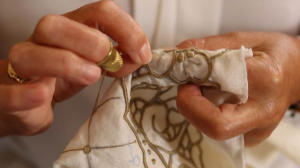
There was no EU-wide mechanism to protect the names of certain non-agricultural products, closely linked to their geographical origin, such as, for example, Arraiolos Carpets, Madeira Embroidery, or Coimbra Wrought Iron or, in other countries, Murano glass (Italy), Solingen cutlery (Germany), the Limoges porcelain (France), or the Gablonz jewellery (Czech Republic).
Some States have established specific national systems of sui generis protection, others have resorted to the registration of trademarks, such as collective and certification marks, or to national GI registrations and/or unfair competition rules, but there was no European system of mutual recognition of national protection.
The new regulation establishes a legal regime which, in terms of concepts, protection mechanisms and administrative procedures, is very similar to that laid down for agricultural GIs. Product names that meet three cumulative requirements will be protected by GIs: the artisanal or industrial product must originate in a specific place, region or country; the product must have a quality, reputation or other characteristics which are essentially attributable to its geographical origin; and at least one of the production phases must take place in that geographical area.
 In order to obtain GI protection, names must be registered on the basis of a product specification. Here, too, EUPI will take responsibility for the registration process (in the 2nd phase, Union phase) and for the establishment and maintenance of the registration system. This scheme will be in full force from 1 December 2025.
In order to obtain GI protection, names must be registered on the basis of a product specification. Here, too, EUPI will take responsibility for the registration process (in the 2nd phase, Union phase) and for the establishment and maintenance of the registration system. This scheme will be in full force from 1 December 2025.
The Commission hopes that with this new legal instrument the regions where producers operate will benefit from the protection of the name of their typical products and will be able to develop tourism potential, maintain and attract skilled labor, as well as safeguard their cultural heritage.
In summary, the coming times will be marked, as of December 2025, by the new GI regulation, by European protection for craft and industrial products, and by the new functions assumed by the EUPI in the field of GI registrations, which will be added to the responsibilities related to the registration of European trademarks and designs.
For more information or any question: sgcr@sgcr.pt.

